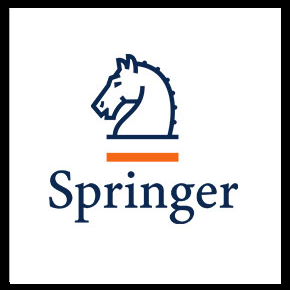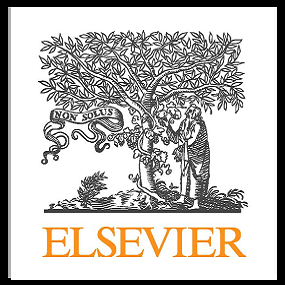دانلود رایگان مقاله یک طرح زمان بندی در محیط رایانش ابری با استفاده از یادگیری عمیق Q – سال 2020


مشخصات مقاله:
عنوان فارسی مقاله:
یک طرح زمان بندی در محیط رایانش ابری با استفاده از یادگیری عمیق Q
عنوان انگلیسی مقاله:
A scheduling scheme in the cloud computing environment using deep Q-learning
کلمات کلیدی مقاله:
رایانش ابری، الگوریتم یادگیری Deep Q، کارگردانی چرخه ای، نمودار، برنامه ریزی کار، گردش کار
کلمات کلیدی انگلیسی:
Cloud computing – Deep Q-learning algorithm – Directed acyclic – graph – Task scheduling – WorkflowSim
مناسب برای رشته های دانشگاهی زیر:
مهندسی کامپیوتر
مناسب برای گرایش های دانشگاهی زیر:
رایانش ابری، هوش مصنوعی
وضعیت مقاله انگلیسی و ترجمه:
مقاله انگلیسی را میتوانید به صورت رایگان با فرمت PDF با کلیک بر روی دکمه آبی، دانلود نمایید. برای ثبت سفارش ترجمه نیز روی دکلمه قرمز رنگ کلیک نمایید. سفارش ترجمه نیازمند زمان بوده و ترجمه این مقاله آماده نمیباشد و پس از اتمام ترجمه، فایل ورد تایپ شده قابل دانلود خواهد بود.
فهرست مطالب:
Abstract
Keywords
1. Introduction
2. Related work
3. System architecture and problem description
3.1. Cloud computing model
3.2. Task model
3.3. Problem description
4. Description and design of scheduling
4.1. Markov decision processes and Q-learning
4.2. Schedulers with deep Q-learning
4.3. Scheduling architecture of DQTS
4.4. Design principle
4.4.1. Training principle
4.4.2. Reward principle
4.4.3. Neural network design
4.4.4. Train model
5. Experiments and analysis
5.1. Workflowsim
5.2. FCFS fitting
5.3. Hyperparameter optimization
5.3.1. Convergence performance with different learning rates
5.4. Experiments with benchmark of CyberShake
5.5. Performance on other benchmarks with the single-set model
5.6. Performance on benchmarks with the hybrid-set model
6. Conclusion and future work
Declaration of Competing Interest
Acknowlgedgments
References
قسمتی از مقاله انگلیسی:
1. Introduction
Currently, scientific computing and e-commerce applications are coherent models with interrelated tasks that can be described as models of workflow, and these dependent tasks can be decomposed into tens of thousands of small tasks, depending on the application complexity. The workflow model is extensively applied to represent these applications via DAG, in which its nodes represent tasks, and its directed edges represent dependencies as in precedence task relations [1]. These large-scale workflow applications are deployed in the cloud computing environment rather than the traditional distribution system for a shorter task execution time. None of the current approaches or methods can singly fulfill task scheduling due to its unique characteristics. Specifically, guided random search-based scheduling is a new computing paradigm with robust capability for solving task-scheduling problems. However, such stochastic algorithms have drawbacks, such as creating considerable time complexity and contending with the dynamic cloud environment and its miscellaneous complications that have made it even more unadaptable.




